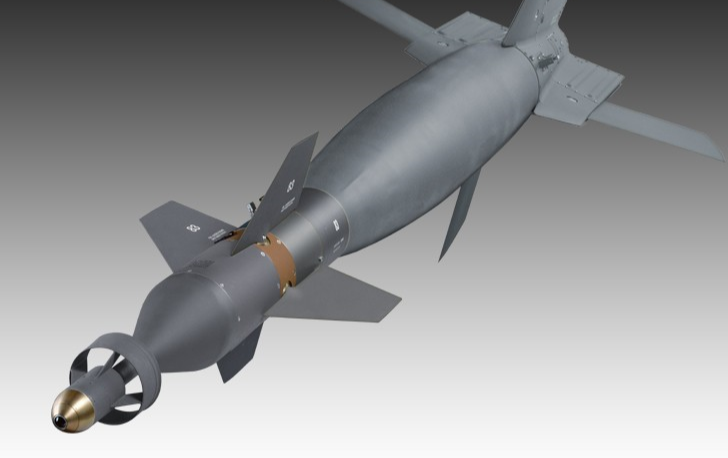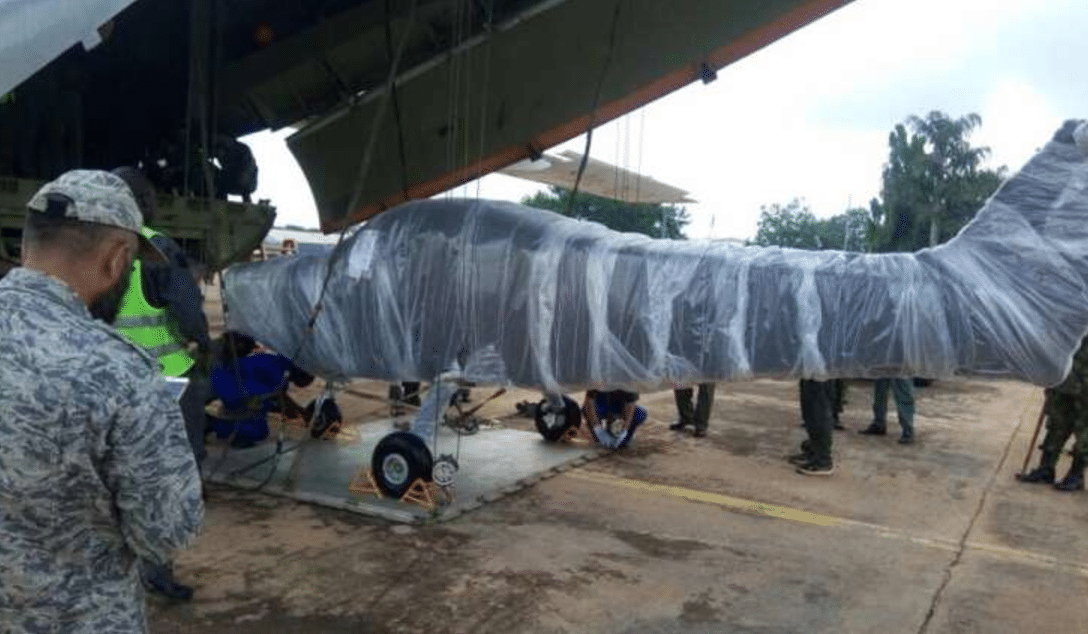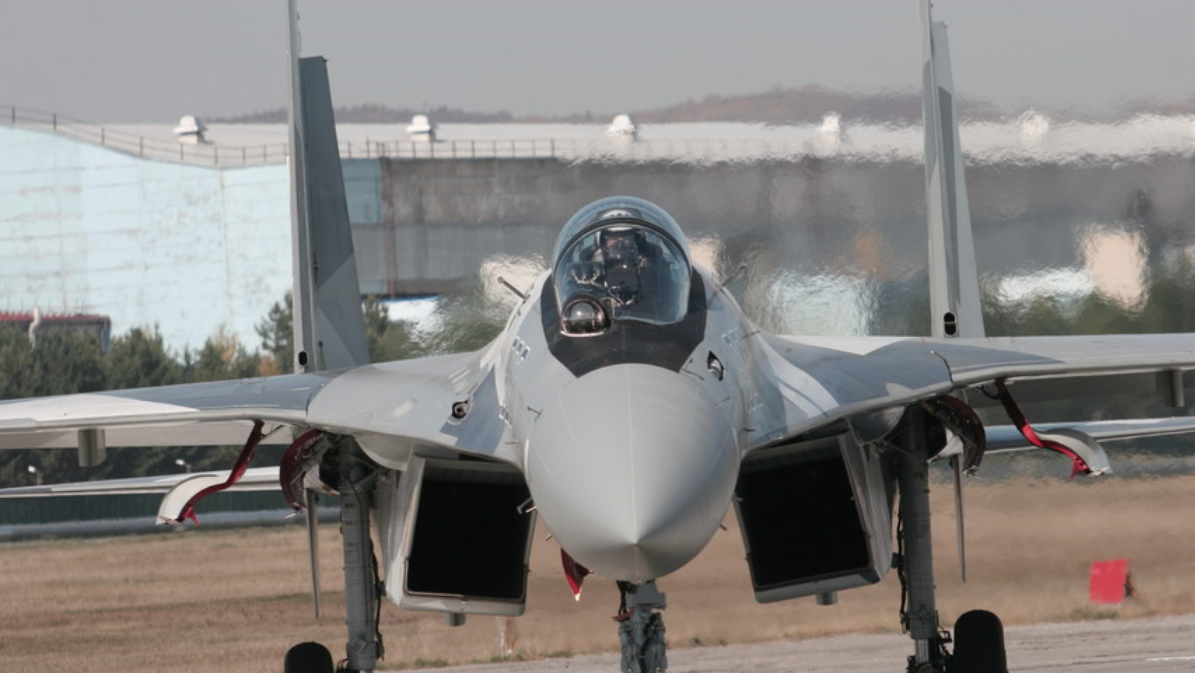3270Views 0Comments

Laser Guided Bombs
By Bilal Khan
One could look at the laser-guided bomb (LGB) as a major milestone in the development of precision-guided munitions (PGMs), especially in terms of how it advanced the use of electronics in air-to-surface munitions. But this is not to take away from the obvious and most important reason, i.e. the tremendous improvement it brought to the accuracy of aerially-dropped bombs.
The BOLT-117 (Bomb, Laser-Terminal-117) was introduced by the U.S during the Vietnam War, and together it and its successor, the Paveway-series, maintained an accuracy of nearly 50%, a sharp contrast to the 5.5% accuracy rate maintained by unguided general purpose bombs at that time.[1] Since then, the Paveway-series saw extensive use in each of America’s wars in the Middle East and Southwest Asia. Today, LGBs form the mainstay of almost every modern air force and naval air arm’s munitions inventory.
There are two basic ideas behind LGBs.
First, the actual bomb itself, which is equipped with onboard electronics to enable it to track and strike a target which is painted by a light signature.
Second, the light signature or laser, which is emitted from a separate source, now usually a targeting pod but at times specially trained and equipped ground forces.
LGBs are often kits for existing general purpose bombs (GPB), such as the Mark 80-series (which are the mainstay GPBs of the U.S Military). The LGB kit includes the guidance electronics (also termed ‘computer-control group or CCG), canards (think of them as small wings) for the front of the bomb to physically guide the munition to its target, and a wing assembly for rear to provide lift whilst falling. With the kit, a freefall GPB is transformed into a smart weapon capable of maneuvering in order to reach its target.
Although LGBs are widely used and are accurate, they do have their limitations, primarily under poor weather conditions or environments (such as haze). At the same time however, LGBs can be used without the support of a wider satellite network, enabling more countries to use the system and offering flexibility to those who may see their access to satellite technology limited due to poor foreign relations with satellite network providers, such as the U.S, Europe, Russia or China.
Satellite-guided PGMs such as the Joint Direct Attack Munition (JDAM) were introduced to help address the shortfalls of LGBs, but modern LGBs, such as the Enhanced Paveway II, are having their laser-guidance kits augmented by satellite-guidance kits. These ‘Enhanced Dual Mode LGB’ can enable LGBs to be used in adverse weather conditions as well as offer a secondary back-up system to the laser guidance sensor.
The American Paveway-II/III series is perhaps the most well-known and amongst the most widely used LGB systems in the world. The Paveway-II/III kits were designed to fit onto Mark 80-series GPBs, which vary from 250 lb bombs (Mk 81) to 2000 lb (Mk 84), enabling a wide range of aircraft, from heavy twin engine fighters such as the F-15 and Su-30-series, to lightweight turboprop aircraft such as the A-29 Super Tucano, to use LGBs in combat. Many non-American LGB systems are designed along similar lines in that they are kits for existing GPB units, often Mark 80-series GPBs, which are in wide use and production in a number of countries, including Pakistan, Turkey, South Africa and many others.
[1] Max Boot. “From Saigon To Desert Storm.” American Heritage. November/December 2006. 57:6: http:// www.americanheritage.com/content/saigon-desert-storm


